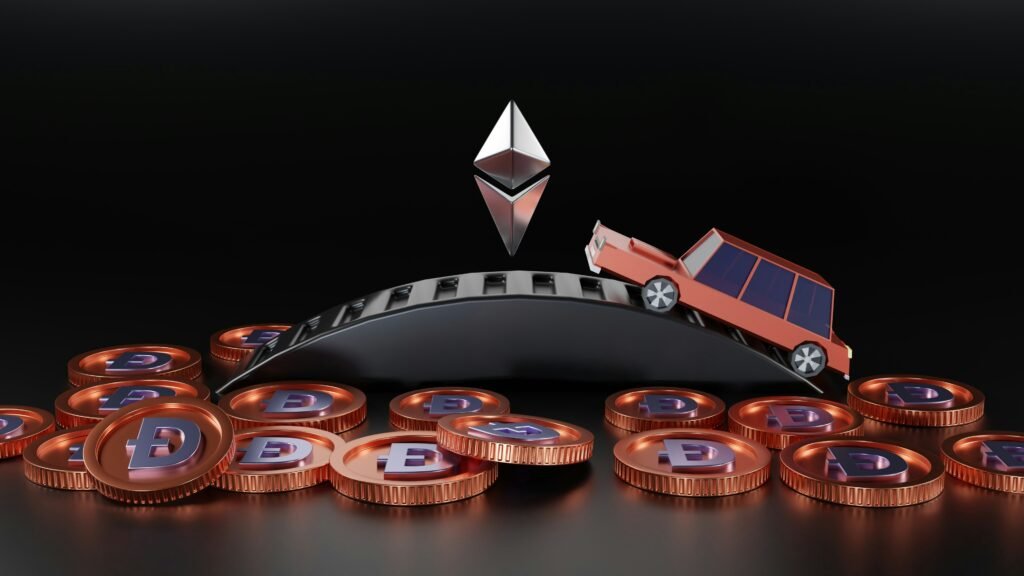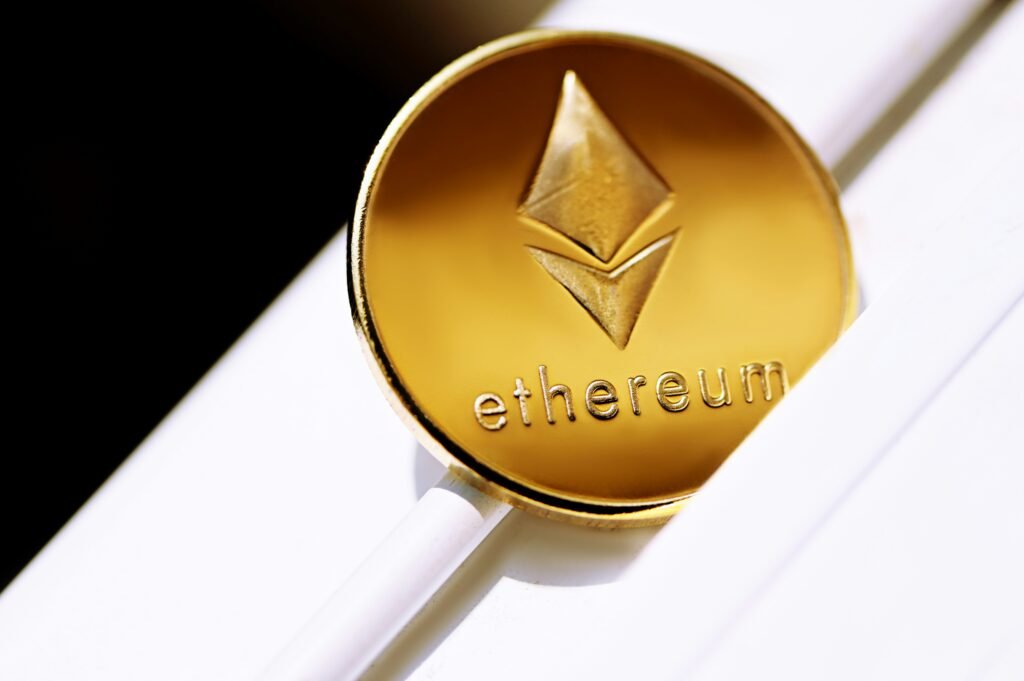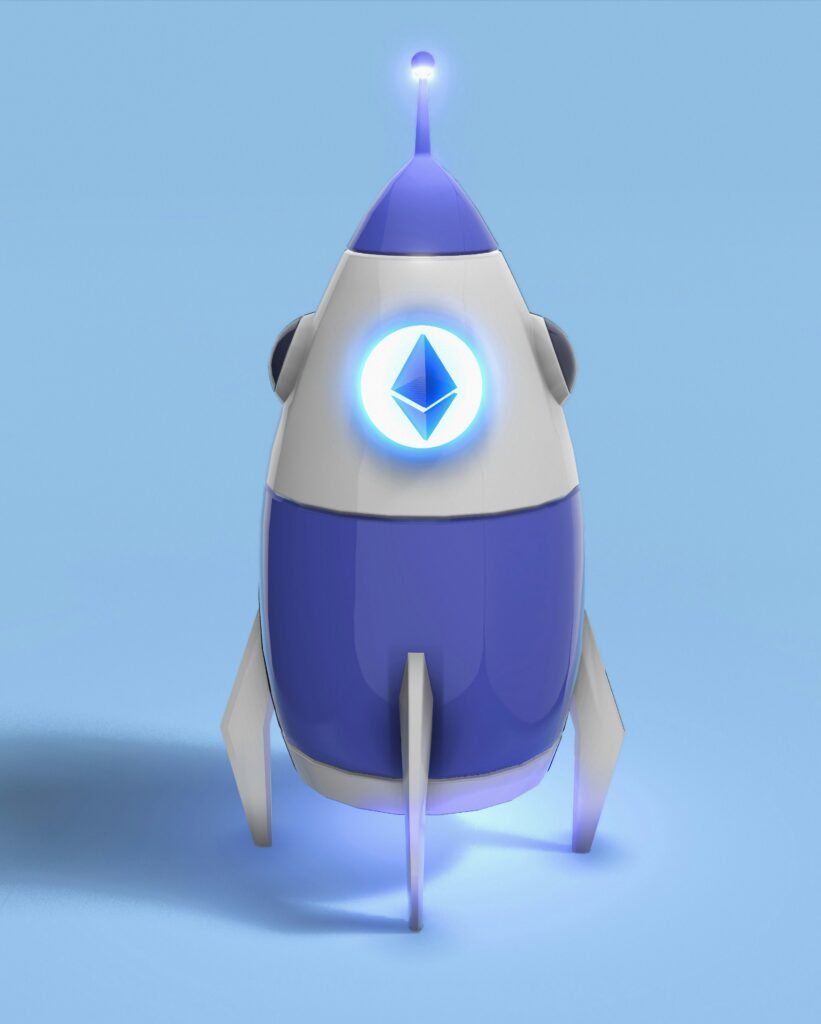AI agents on Ethereum are moving from pilot demos to real-world utility. Ethereum developers, including core contributor Davide Crapis, are refining ERC-8004 to let autonomous agents discover, verify, and pay each other on-chain. Within a few years, a meaningful slice of network traffic could come from machine actors. The push is centered on the Ethereum blockchain and its expanding layer-2 solutions. The draw is clear: reliable on-chain payments, NFT-based digital identity, and scale for agent-to-agent commerce. Cross‑industry work with Google and Amazon is shaping AI standards so autonomous transactions can happen safely and at speed.
AI agents on Ethereum now
AI agents on Ethereum already handle tasks like data fetching, trading signals, and micro‑service coordination. The next step is agents holding wallets and negotiating prices without humans. That is where AI standards meet crypto rails. With clear rules for discovery and trust, AI agents on Ethereum can route jobs, settle fees, and log proofs on-chain. The result is a smoother machine economy that runs 24/7, like crypto itself.
ERC-8004 progress
ERC-8004 sets expectations for how agents find and verify one another before they transact. It aims to reduce spam, spoofing, and mismatched intents. Ethereum developers expect the spec to finalize soon, unlocking safer autonomous transactions at scale. With ERC-8004, AI agents on Ethereum can handshake, share metadata, and confirm payment terms in one standardized flow. That consistency should cut failed calls and reduce gas waste.
On-chain payments at scale
Crypto excels at instant, global settlement, and on-chain payments are the backbone for agents. Stablecoins and ETH enable tiny, automated payouts for data, inference, and API calls. As adoption grows, AI agents on Ethereum can stream payments per second, not per invoice. Autonomous agents can stake, escrow, and penalize bad behavior via smart contracts. That creates clear incentives for honest service.
NFT-based digital identity
Trust is essential when machines transact. NFT-based digital identity lets agents carry verifiable credentials. These credentials can prove capabilities, history, or compliance checks without leaking private data. With this layer, AI agents on Ethereum know who they are dealing with, in cryptographic terms. That reduces fraud and supports regulated use cases, from healthcare data pulls to enterprise tooling.
Layer-2 solutions rising
L2s bring low fees and high throughput, which agents need for frequent, small interactions. Rollups handle bursts of autonomous transactions without clogging the base layer. As more activity shifts to L2s, AI agents on Ethereum can scale while anchoring security to mainnet. Expect specialized L2s tuned for agent workloads, with faster finality and data availability features.
Google and Amazon roles
Tech giants are testing AI agents that can call APIs, buy compute, and coordinate tasks. Their involvement signals serious demand for dependable rails. By aligning on AI standards, Google and Amazon can interoperate with AI agents on Ethereum for payments and logging. That link helps bridge Web2 services and the Ethereum blockchain. It also lowers friction for enterprises to try agent-driven workflows.
Agent-to-agent commerce tips
Traders and builders should watch liquidity, tooling, and fee profiles on agent-friendly networks. Track ERC-8004 progress, inference marketplaces, and agent SDKs. For a head start, map where AI agents on Ethereum can create real yield: data markets, micro-oracle feeds, and automation. Plan for risk: throttle budgets, sandbox models, and log every step on-chain. Done right, agent-to-agent commerce compounds efficiency without adding human overhead.
Frequently asked questions about AI agents on Ethereum (FAQ)
What are AI agents on Ethereum?
They are software agents that hold wallets, make decisions, and execute on-chain. They discover services, negotiate terms, and settle payments autonomously.
Why does Ethereum suit a machine economy?
It offers secure on-chain payments, NFT-based digital identity, and scalable layer-2 solutions. These enable trustworthy, low-cost autonomous transactions.
What is ERC-8004?
It is a proposed standard that helps agents discover, verify, and interact safely. It defines metadata, intents, and handshakes for agent-to-agent commerce.
How are Google and Amazon involved?
They are building AI agents and tools that can interact with crypto rails. Their work on AI standards can plug into AI agents on Ethereum for payments and audit trails.
What should builders do now?
Follow ERC-8004, test on L2s, and add NFT-based digital identity. Start small with on-chain payments, then scale autonomous agents as trust hardens.



